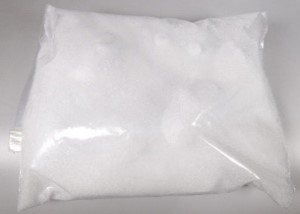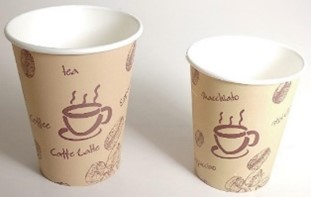In a previous publication, we discussed the Deforestation Regulation. Currently, there are many questions (from the market) about which products exactly fall under this regulation. In this publication, we will delve deeper into this topic and work out various examples.
Relevant commodities and products
The Deforestation Regulation contains a list of relevant commodities and relevant products whereby the trade of which will be more strictly regulated to ensure that these products do not contribute to deforestation. This list is included in Annex I of the Regulation and is based on the current Combined Nomenclature (CN) as established in Implementing Regulation (EU) No 2023/2364.
The list currently consists of the following relevant commodities:
- Cattle
- Cocoa
- Coffee
- Oil Palm
- Rubber
- Soya
- Wood
Under each relevant commodity, specific relevant products are listed with a reference to the relevant Heading or HS code. At present, a total of 63 unique HS-headings (4-digit level) are mentioned.
This means that Annex I initially affects 821 unique CN codes (8 digits), which may fall under the Regulation. Please note that this represents almost 10% of the entire CN.
However, the Regulation only applies if a relevant product contains a relevant commodity, is made with it or has been fed with it. If the product falls under one of the HS headings – mentioned in Annex I – but the product does not contain a relevant commodity or has not been fed or made with a relevant commodities, the Regulation does not apply.
Marking with 'ex'
In Annex I to the Regulation, some HS headings are marked with 'ex'. This marking is currently causing a lot of questions among importers. The marking indicates HS headings that also include goods that do not contain, is not made from or has not been fed with a relevant commodity.
Example: ex HS heading 9401 may include chairs made from other commodities than wood, but only wooden chairs fall within the scope of the Regulation.
Examples of relevant products with relevant commodities
Below are a few examples of relevant products – listed in Annex I – that do contain a relevant commodity, are made with or fed with it:
Heading 2905 4500: Glycerol

CN-code 4823 69 90: Trays, dishes, plates, cups and the like, of paper or paperboard

CN-code 9403 6090: Furniture made of wood

Importance of correctly determining the CN Code and testing for relevant commodities
It is essential to thoroughly check whether your product falls under the Deforestation Regulation. In this context, it is important to check whether it is a relevant product with a relevant commodity in it. The CN code is used to determine whether it is a relevant product. If this is the case, the product must also contain a relevant commodity or be made with or fed with a relevant commodity to fall under the Regulation.
If you have any questions as a result of this article or would like to know specifically which products in your range are affected by the Regulation, please contact one of our advisors.